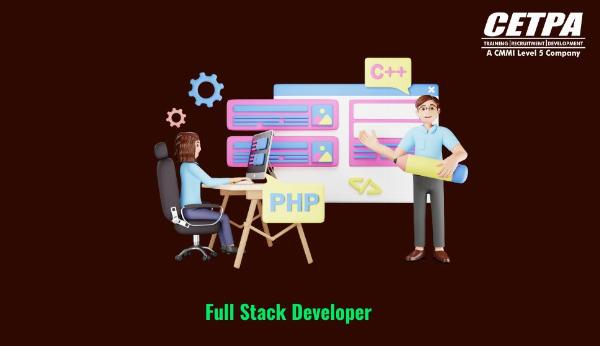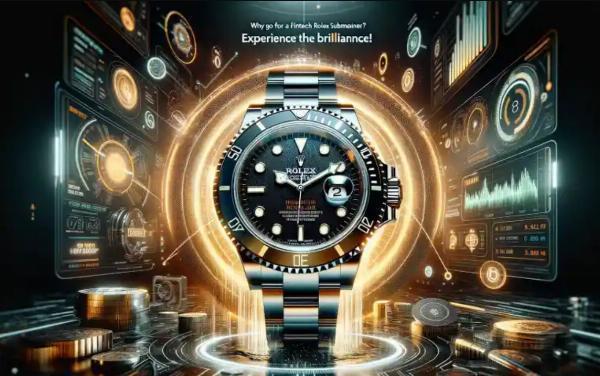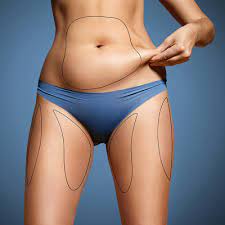The Power of 3D Renders: Accelerating Product Design Success and Enhancing Collaboration
In today's fast-paced and competitive markets, speed is often the deciding factor between success and failure. Product design consultancies have streamlined development timelines by adopting agile methods, advanced design tools, and rapid prototyping techniques. Their experience across diverse sectors helps avoid common pitfalls, saving clients time and resources. By partnering with a consultancy, companies can launch products faster without compromising on quality or performance.
A rough sketch might capture the essence of a concept, but a photorealistic 3D render transforms that essence into a believable object. From the glint of brushed aluminum to the soft glow of ambient lighting, these nuances build confidence for stakeholders and excite future users.
Rapid Iteration & Informed Feedback
3D models can be tweaked in minutes—color, texture, shape—without costly tooling or prototypes. This flexibility invites informed feedback early on, guiding product decisions with visual precision.
Enhancing Communication Across Teams
Bridging Design & Engineering Engineers require exact specs—dimensions, tolerances, materials. Designers speak in form, feel, and emotion. A detailed 3D render speaks both languages: it displays aesthetics and captures the numerical reality engineers need to build.
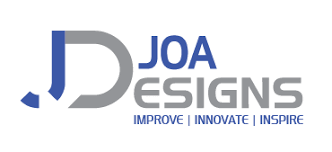
Empowering Marketing & Sales A rendered product image is a marketer's ace in the hole—usable in campaigns, presentations, pitches, and digital storefronts, long before production begins. Sales teams gain early traction when consumers can see exactly what they're buying.
Real-World Success Stories

Automotive Industry: Luxury car manufacturers rely heavily on 3D renders to present new models. These visuals showcase both angles and interior detailing—even before physical prototypes exist—creating buzz and visual storytelling that draws pre-orders and media coverage.
Consumer Electronics: When a smartphone is mere CAD data, a compelling render highlights its curves, screen, finishes, and features, shaping pre-launch demand and validating features before investment in a mold.
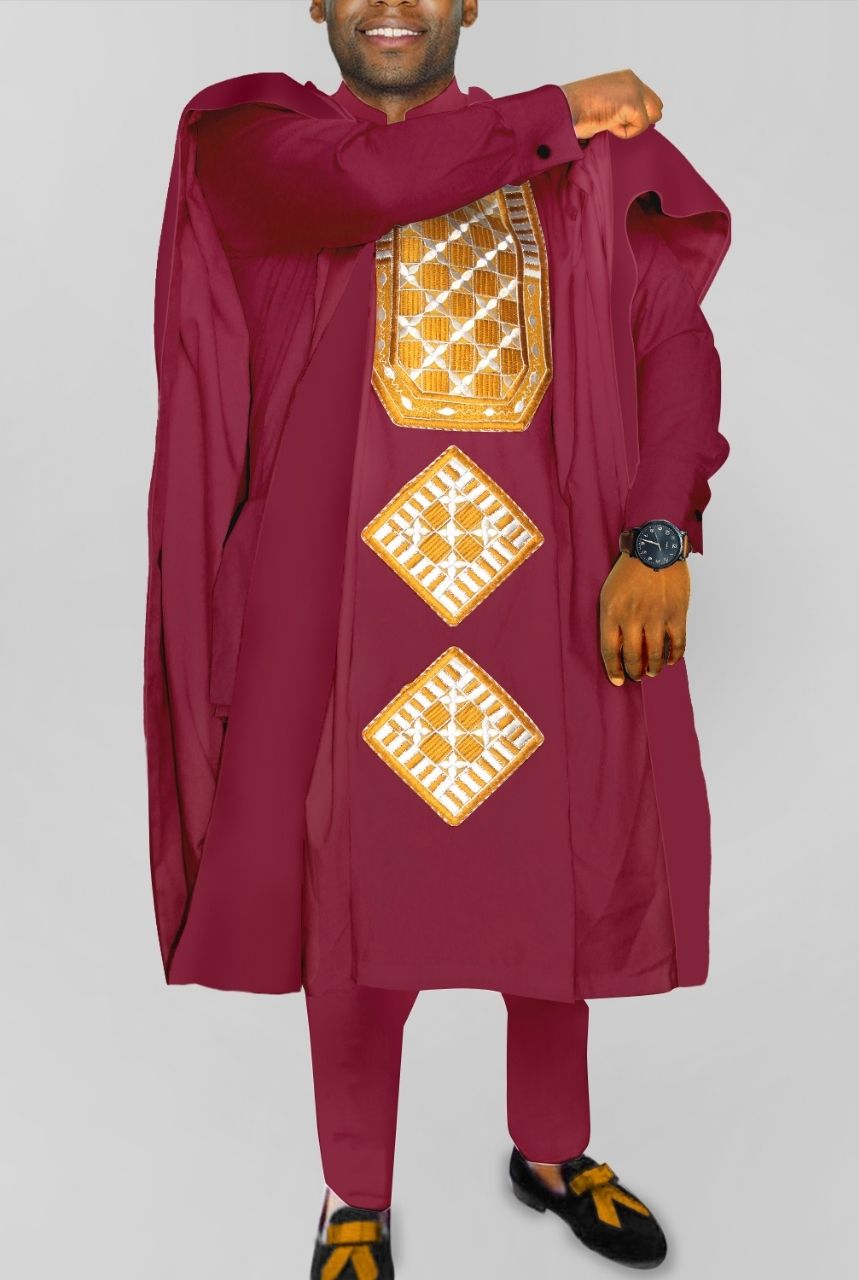
Furniture & Home Decor: Designing an ergonomic chair? A realistic render—complete with fabric, lighting, and context—transports customers into the experience, increasing online engagement and lowering return rates.
Technical Excellence & Artistic Flair

A great product render relies on three pillars: modeling precision, PBR materials & physics lighting, and composition & context. Modeling precision ensures dimensional correctness; PBR materials ensure materials respond to light authentically; and composition & context elevate a product from a lifeless object to a character in a visual narrative.
Getting Started: Tools of the Trade

Modeling Software: Blender (open-source), Autodesk Fusion 360, SolidWorks
Rendering Engines: Cycles (Blender), KeyShot, V-Ray, Octane
Materials & Textures: Substance Painter/Designer, Quixel Megascans
Post-Production: Photoshop or Affinity Photo for color correction and mood refinement
Each tool plays a role—modeling the framework, lighting the scene, adding surface details, and polishing the final image.
3D Renders hold the prowess to propel product design triumphs and Infuse collaborations with unparalleled efficacy, transforming abstract concepts into tangible mastery.
The Power of 3D Renders: A game-changer in accelerating product design success by leapfrogging the traditional process, paired with an unparalleled ability to enhance collaboration between teams through hyperrealistic visualization.
It's a masterstroke using 3D renders to revolutionize how product design meets effectiveness and efficiency, fostering an unparalleled collaboration experience.
The article effectively showcases the transformative power of 3D rendering in speeding up product design success and bolstering collaboration, illustrating how its immersive capabilities foster a more efficient dialogue between stakeholders.
The Power of 3D Renders: A compelling case for streamlining product design success and revolutionizing collaboration dynamics through the expedient visualizations that facilitate shared understanding, communication innovation in engineering teams.
Captivating review showcasing the uncanny ability of 3D renders to propel product design efforts towards triumph, while fostering a milieu potent in collaboration and innovation.








